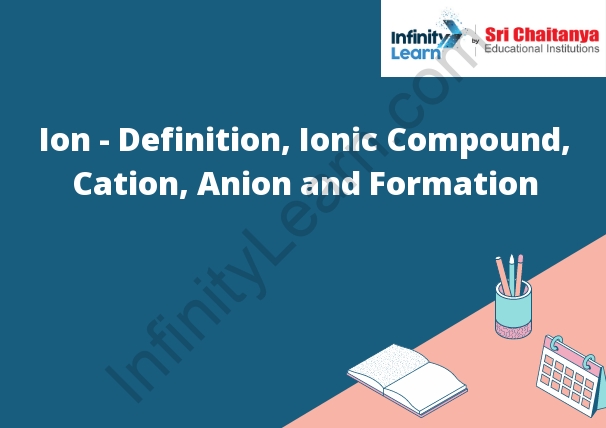Table of Contents
What is an Ion?
Ion – Definition: An ion is an atom that has either gained or lost electrons. When an atom gains electrons, it becomes a negative ion. When an atom loses electrons, it becomes a positive ion.

What Do You Mean by Ions?
A molecule is made up of atoms, and atoms are made up of protons, neutrons, and electrons. Protons have a positive charge, neutrons have a neutral charge, and electrons have a negative charge. When an atom loses or gains protons, it becomes an ion. When an atom loses or gains electrons, it becomes an ion.
What is a Charged Atom Called?
A charged atom is called an ion.
What is an Ionic Compound?
An ionic compound is a compound that is formed when two or more ions interact with each other. The ions in an ionic compound are held together by electrostatic forces.
What is a Cation?
A cation is an atom or molecule that has lost one or more electrons and has a positive charge.
What Type of Ion Forms When An Atom Loses Electrons?
- A cation is an atom that has lost one or more electrons and therefore has a positive charge.
- The type of ion that forms when an atom loses electrons is a cation. A cation is an ion that has a positive charge because it has lost electrons.
What is an Anion?
- An anion is an atom or molecule that has a net negative electrical charge. Anions are formed when an atom gains or loses one or more electrons.
- An anion is a negatively charged ion. In other words, it is an atom or molecule that has lost one or more electrons. This makes it unstable and reactive, and it will often bond with other atoms or molecules to become more stable. Some common anions include chlorine, bromine, and iodine.





